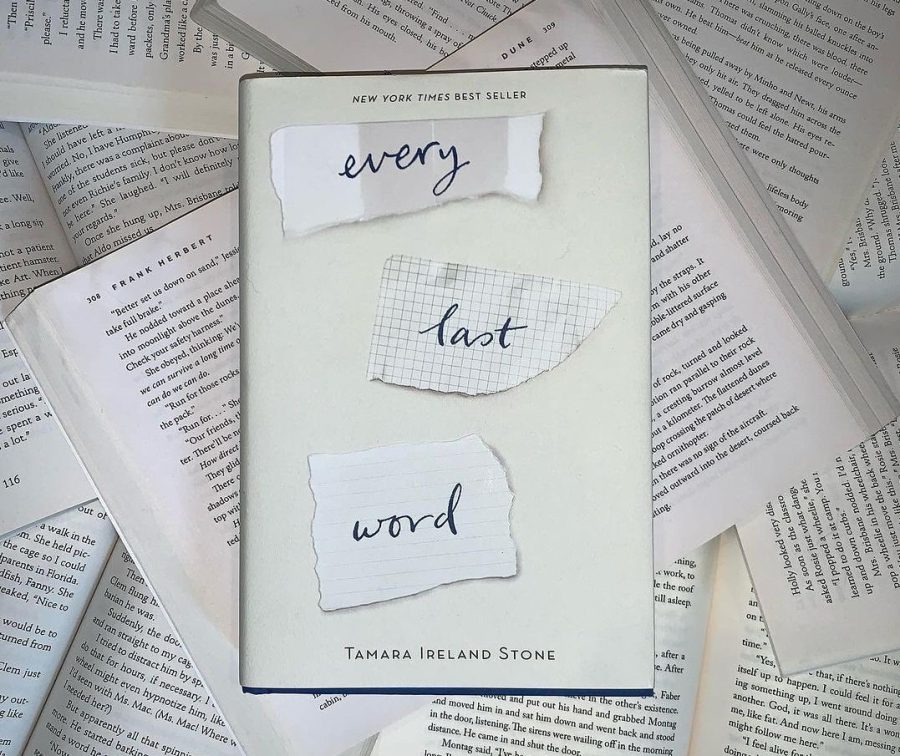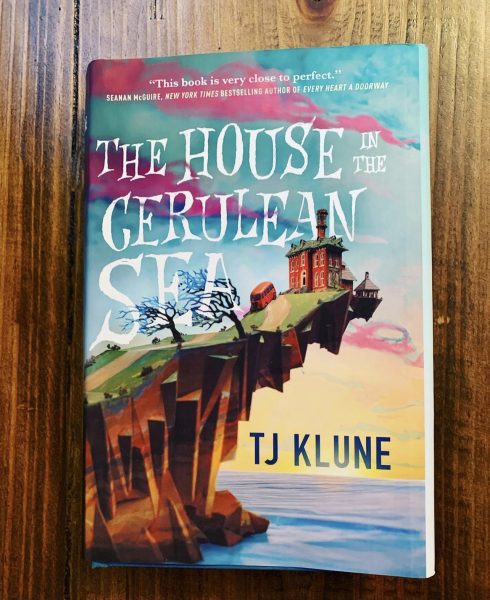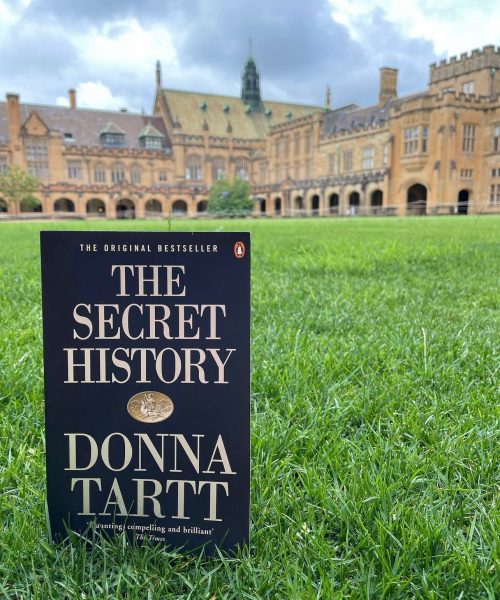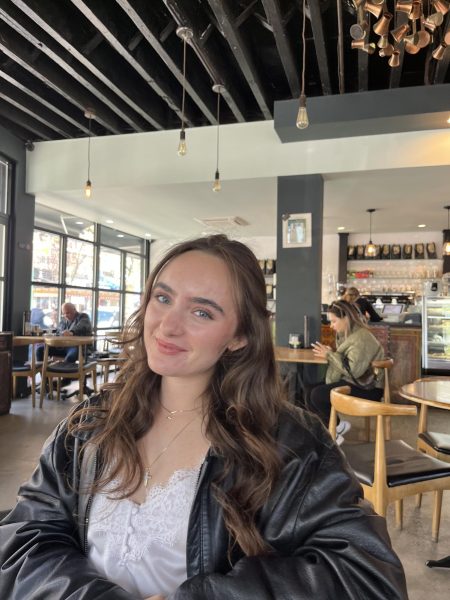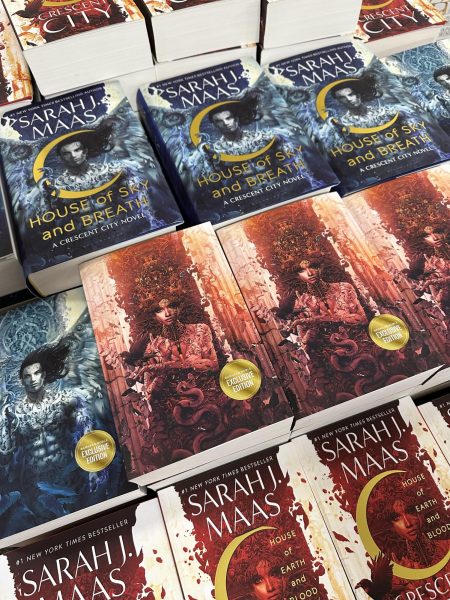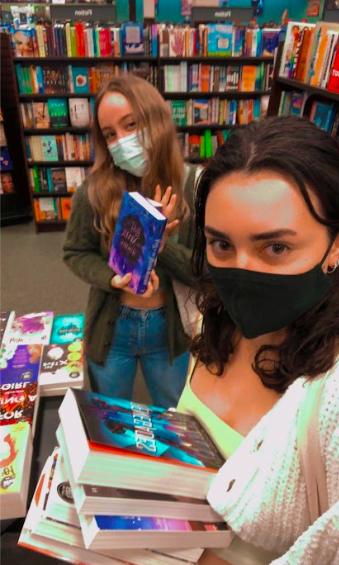“Every Last Word:” Coming of Age with OCD
“You look around at the people in your life, one by one, choosing to hold on to the ones who make you stronger and better, and letting go of the ones who don’t.”
Samantha McAllister, Sam, is a high school junior suffering from purely-obsessional OCD. Going into the start of the school year, she grieves the persona of “Summer Sam,” a confident, carefree version of herself that she believes can only exist in the absence of school. Despite having been a part of her friend group, the Crazy Eights, since kindergarten, she feels incredibly isolated and as though she has no one to turn to about her struggles. Then she meets Caroline Madsen.
Caroline is kind, understanding, reserved and unbothered by the concept of popularity: the polar opposite of Sam’s friends. Within a matter of minutes, Sam finds herself opening up to Caroline. The trust that she has with her is so unfamiliar that it staggers her initially, but Sam starts to lean into it. Caroline provides her with a safe space and a deep personal connection. As the Crazy Eights continuously show Sam that she is their lowest priority in the group, she begins to migrate towards Caroline.
One day, Caroline instructs Sam to follow her into a new area of the school. Caroline’s lack of details makes Sam skeptical but she gives in. A mysterious set of stairs leads them to a dark gray hallway with a singular room. Caroline tells Sam that she will be by her side but instructs her to do all the talking.
Sam knocks on the door and is greeted by a group of students inside. However, one boy, claiming to know her, says that Sam isn’t welcome, and that although she can stay for the day, she must then forget she ever found them. Sam sits and watches as the group shares poetry with one another, gluing writings to the walls after they’re heard. She is left in awe of the group revealed to be the Poet’s Corner.
As she gets to know the members of the Poet’s Corner, Sam is forced to confront bridges she hadn’t even realized she’d burned. Along the way she meets friends who embrace her for who she is and learns to express herself. At the same time, Sam navigates her first true romance. However, just when everything seems to be going perfectly, Sam tackles a realization that shakes her whole world and sends her into a new round of struggles.
Stone then hits the reader with a twist that I could not in good conscience divulge to any potential audience. She starts a spiral of questioning and admiration of the power of one’s own mind. The language used in the novel is very approachable, but this is not to say that the story is not interesting for an older crowd. It handles friendship problems, relationships, mental health, therapy.
Books representing stigmatized illnesses are always a little concerning. Will they feed into that stigma or provide insight into the condition? Stone tackles the symptoms and treatments of OCD with surprising levels of accuracy. Both the debilitation and potential subtly of the disorder are shown.
However, Stone did receive some backlash over the appearance of love or a relationship alleviating symptoms. Though it may not have been her intention to do so, it is harmful when mental illnesses are minimized or romanticized. Despite this error, the themes of mental health are overall well developed. They are important to the plot and play a pivotal role, but the characters are not defined by this singular trait.
“Every Last Word” is an inspiring story of personal growth and of not letting yourself settle for less than you deserve. It isn’t perfect, nor would it likely be considered a classic at any point, but it is a worthwhile read. Stone knows how to take the reader through a whirlwind of emotions and you truly do feel every last word.

Julianna Morales is a junior from Pittsford, N.Y., majoring in Psychology with a double minor in Disability Studies and Business Administration. Julianna...

